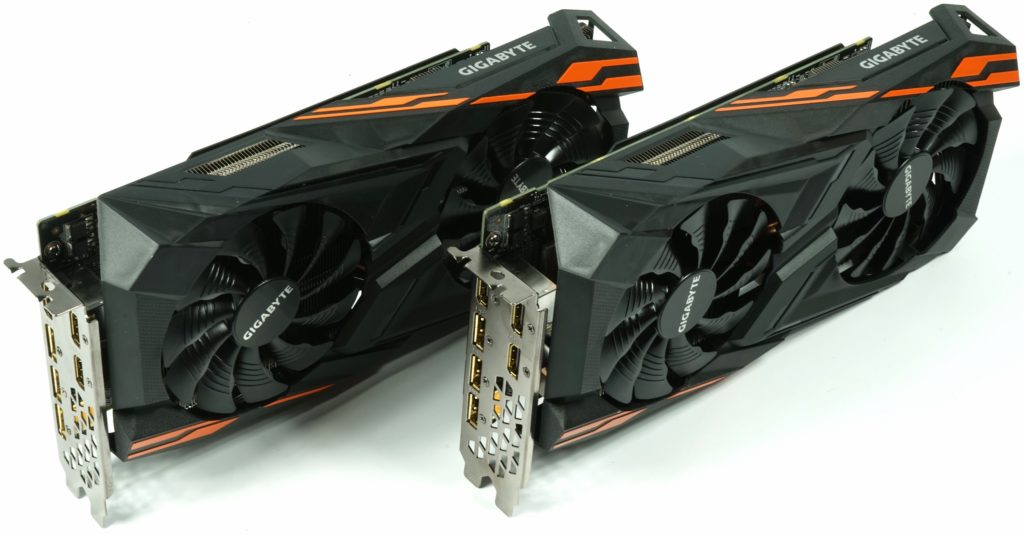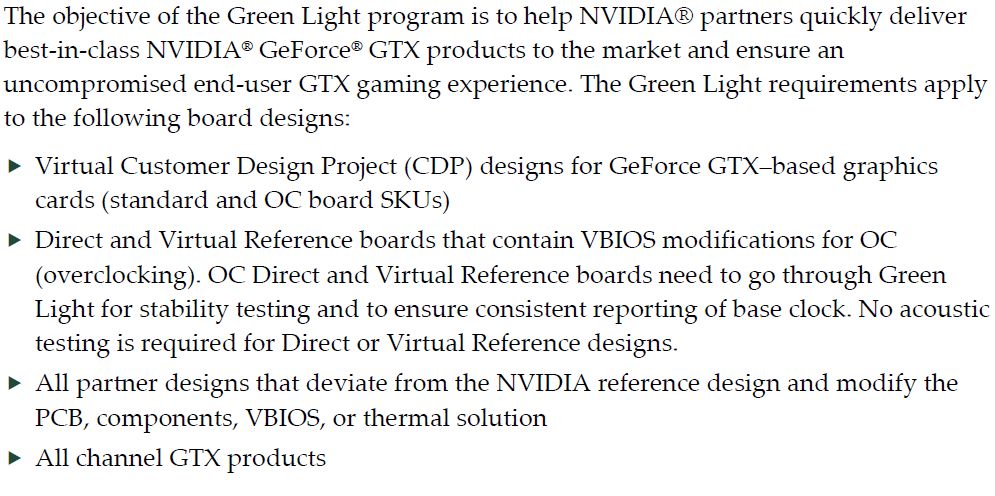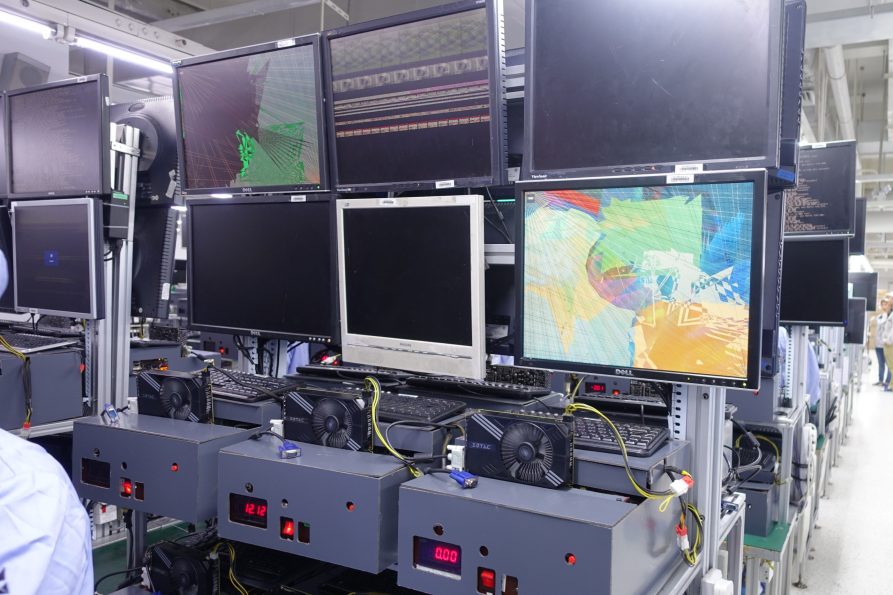Before going into the GLP, I would like to show by way of example how you as an AIB or AIC can get into trouble very quickly. That’s why we take a look at an overview of what such a process can look like from the material list to a finished card and its delivery. This is now all about the own designs of the board partners. The magic word of the cooperation between chip manufacturer and board partner is FAE. Field Applications Engineering (FAE) is nothing more than technical support, e.g. Nvidia or AMD to their own customers, i.e. to the board partners.
In this process, the colleagues of the development departments at the Board partners are provided with all the necessary documents, which they receive from the FAE departments of the respective chip manufacturers (regional contact person). At the time, I had posted a timeline for the RX Vega, which shows very nicely that it takes at least three months for your own product to come off the production line. By the way, this is no different at Nvidia.
| Process | Description | Action / Period |
|---|---|---|
| BOM release | Bill Of Materials Release | Beginning to end of June |
| Evt | Engineering Validation Test | End of June to start of July |
| Dvt | Design Validation Test | Early to mid-July |
| Ws | Working Sample (all with engineering hardware and software) | Mid-July |
| EMI Test | Electromagnetic Interference Test | Mid-July |
| Pvt | Production Validation Test | End of July to beginning of August |
| PVT sorting | ? | Beginning of August |
| PPBIOS | Meals the final source BIOS from AMD | Beginning of august (final source-bios should come on august 2nd ) |
| Ramp & MP | Start of mass production | Will be set later, because the appointment by AMD is missing |

That’s because you can already see the steps and procedures quite well. And that is precisely why I am now talking straight about Nvidia’s GLP, the consequence of which seems perfectly logical, if you include the derailments of the last two sides, which are only the tip of the iceberg. The so-called Green Light Program is not new and it already made waves in 2012, when one saw the end of the overclocking of graphics cards heralded. But it wasn’t.
But behind the GLP there is actually something completely different, rather unspectacular. Nvidia continues this nice brochure from generation to generation and sees it as an internal guide and an important part of a fairly restrictive quality management. You can find it as you like, but it works pretty well. And no, it has nothing to do with the avoidance of customer sensitivities, as so often assumed. This is what Nvidia himself writes:
 Nevertheless, out of consideration for my sources and also Nvidia, I will not publish everything, because it simply does not belong. This includes the complete PDF, which is of course under some NDA. That is why I will describe the sequence in my own words below, because it is not forbidden to observe the processes at the manufacturer.
Nevertheless, out of consideration for my sources and also Nvidia, I will not publish everything, because it simply does not belong. This includes the complete PDF, which is of course under some NDA. That is why I will describe the sequence in my own words below, because it is not forbidden to observe the processes at the manufacturer.
- The Board Partner receives and reviews the Program Policies and Specifications.
- Partners submitthe sedan S/D (Virtual Customer Design Project) (CDP) to NVIDIA in accordance with the guidelines.
- NVIDIA reviews and approves the CDP.
- The partner submits the mechanical designs (graphics card housing) and the board design files for inspection.
- NVIDIA now sends chip samples to the partner (engineering samples).
- The partner provides NVIDIA board patterns to generate the dBA curve (u/min vs. dBA) if they cannot create this curve in their own acoustic lab.
- The partner performs the green light test with the PREL software (VBIOS and drivers) and submits the results to Nvidia to get the green light for the continuation.
– If Nvidia gives the green light, a Partner Production (PP) VBIOS will be made available.
– If not, NVIDIA will tell the partners what needs to be corrected, and the partner will need to resubmit the process with all corrected points. - The partner provides NVIDIA with the so-called box type for verification. This box type is made available to NVIDIA through the Preferred Partner Portal and must comply with the brand’s GeForce guidelines.
- The partner starts mass production.
- The partner is obligated to deliver all production boards with the design approved by Green Light. Any changes to the product after approval are not permitted.
- The partners must have the approval before they even provide the press with maps and they must use the final, approved design for all press work. Sharing unauthorized designs with the press could affect NVIDIA’s GPU delivery.
This reads quite logically at first and, by the way, hardly looks any different with the AMD board partners. The fact is that in this way the set standards are almost enforced and such deviations as described on pages 2 and 3 are certainly not to be found nowadays.

If you look at the really important points, the point with the deprivation of love for NDA violations is no longer so serious, the trade secrets exist in every industry. And it is precisely in such situations that the Schlagmichtot NDA, which has been so often criticised, applies precisely to such situations, which has led to the irritations that have been mentioned and even to a dispute among colleagues. Companies must be allowed to try to protect their own interests, but they must also be able to distinguish between warning and real actions. Incidentally, this also applies to AMD and Intel, there is no good or evil.

































Kommentieren